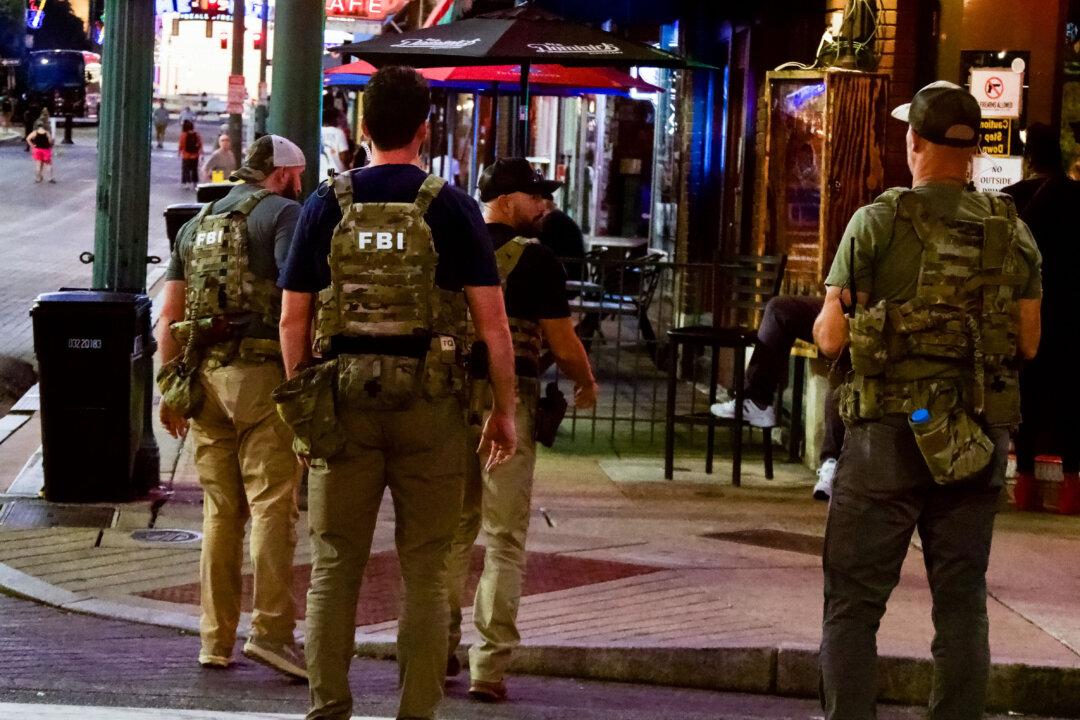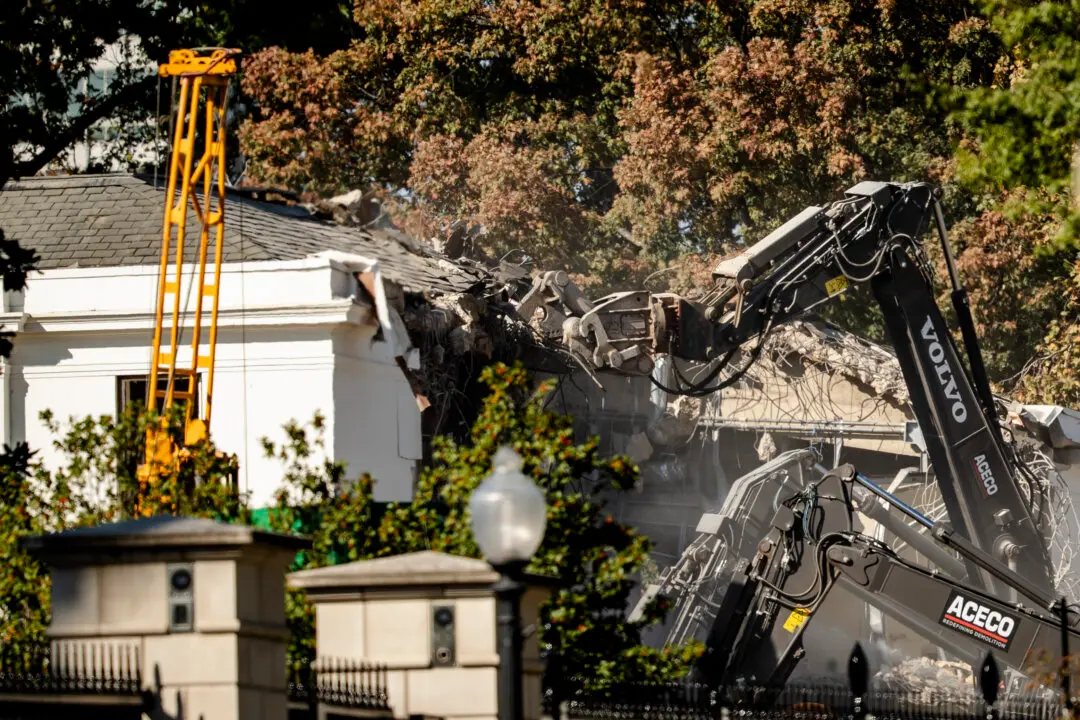Last week, when a Russian state broadcaster listed an alleged nuclear target list that showed sites in the United States, there were questions about why it listed defunct or out-of-use military bases.
The map of potential targets included Camp David and the Pentagon, but it also included a Navy communications facility that is staffed by only 21 people, Fox News reported.





